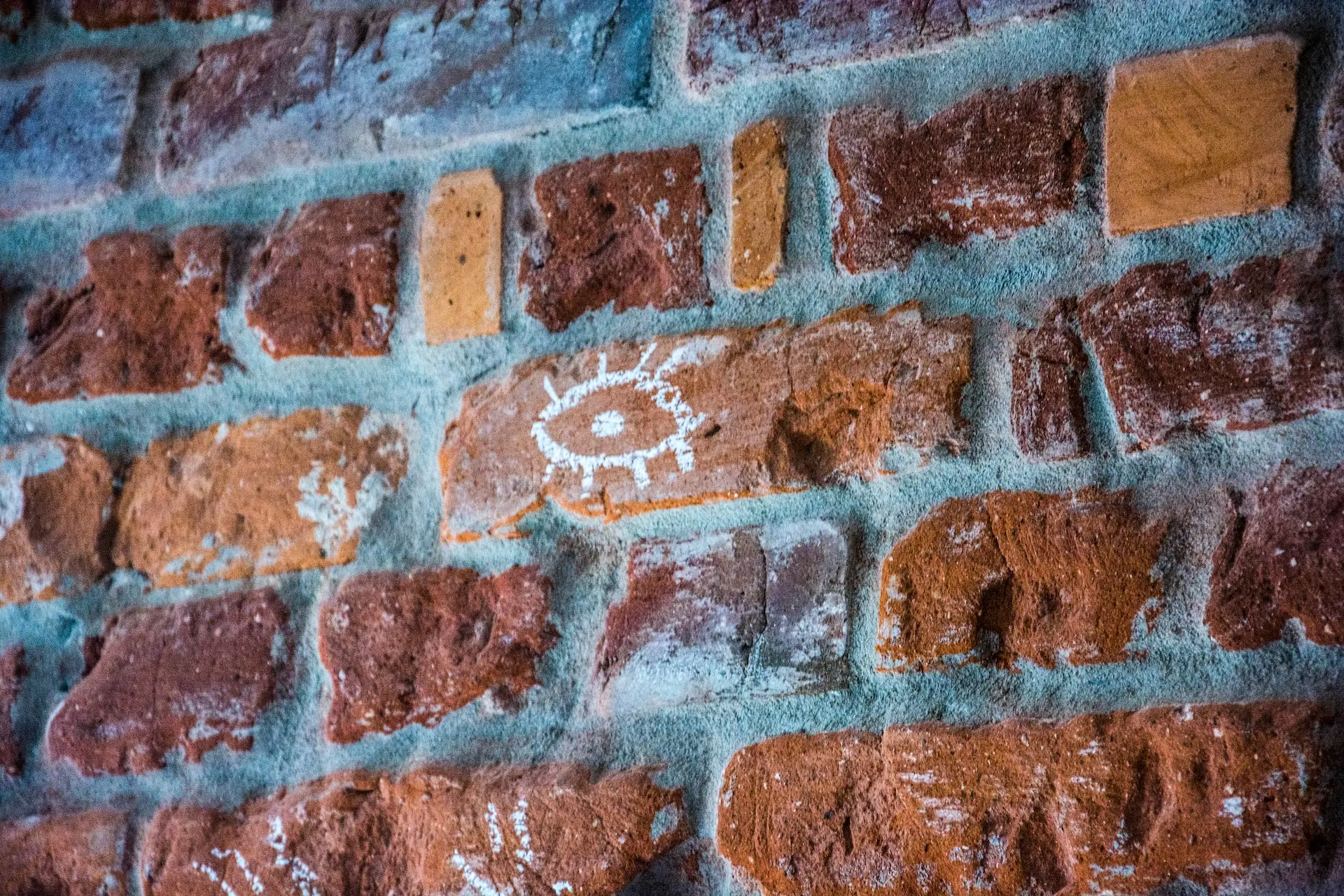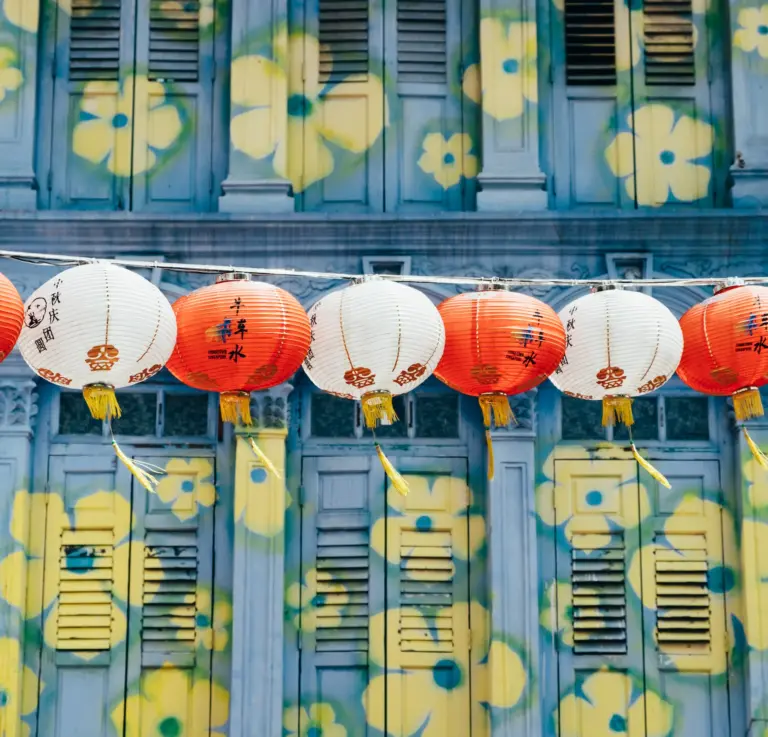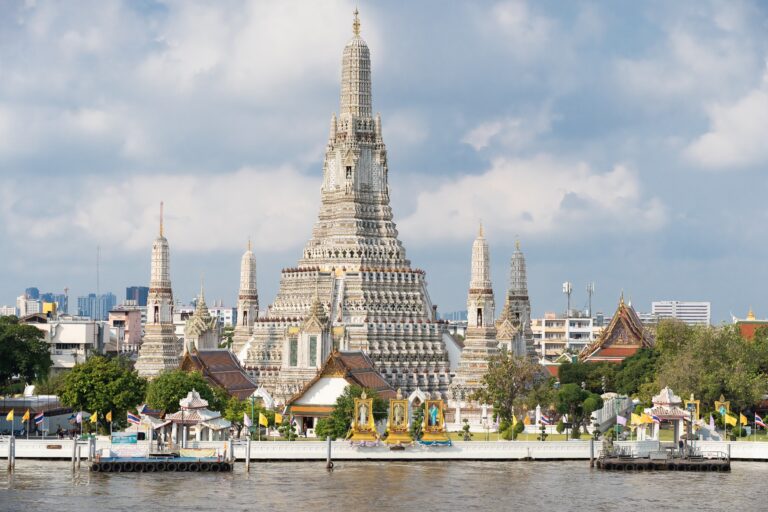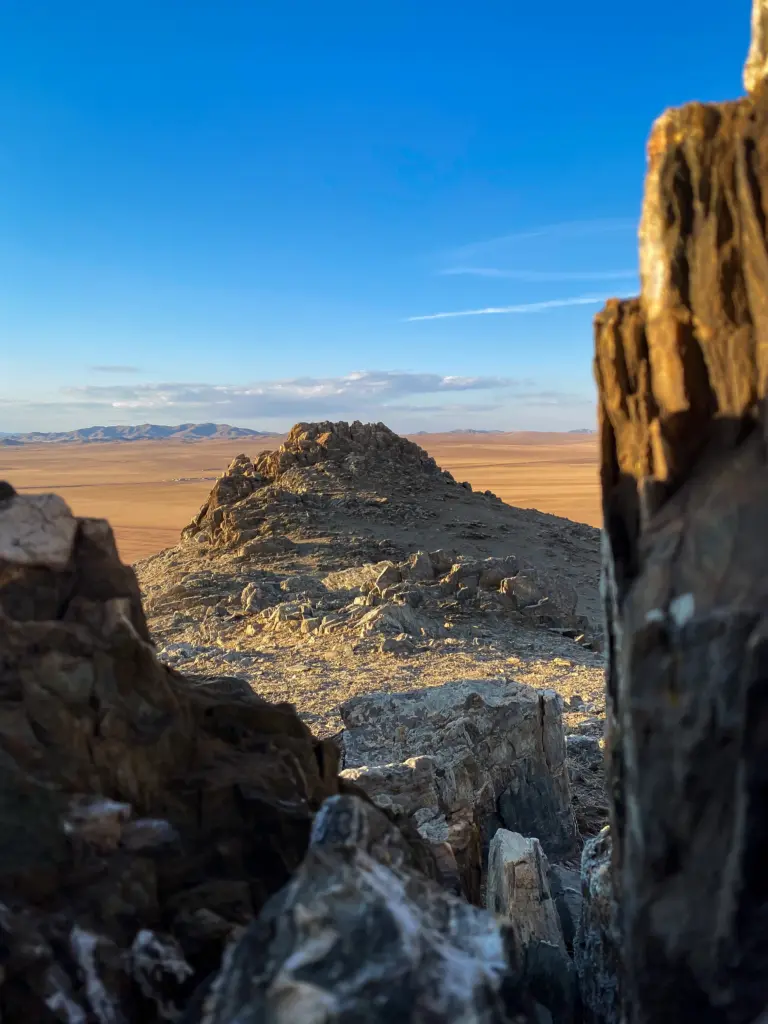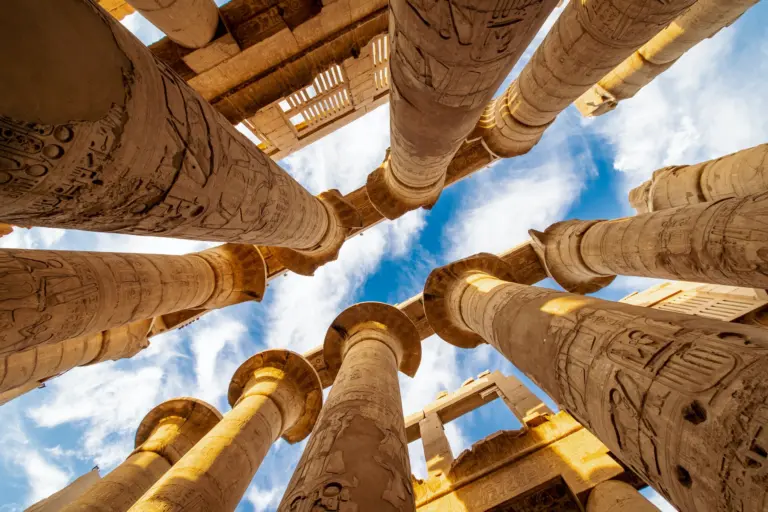The Seed of Life, a profound pattern found within the realm of Sacred Geometry, is an emblem of creation.
At the heart of this symbol lies a simple form made up of seven overlapping circles, yet the spiritual significance that it carries is quite vast once you realize its deeper intricacies.
The Seed of Life is believed to depict many things such as the 7 days of creation or even the 7 chakras amongst plenty of others which you’ll be getting to know in this article.
In this rabbit hole into Sacred Geometry, we’ll be exploring its geometric properties, its occurrence across cultures, and its hidden meanings!
Table of Contents
Toggle
What is the Seed of Life?
At first glance, it looks pretty straightforward – seven interlocking circles forming a flower-like pattern.
But, as is often the case with symbols in sacred geometry, there’s a lot more than meets the eye.
The Seed of Life is a universal symbol that represents the divine design within all of nature.
When these seven circles come together, they create a labyrinth of petals, each one a Vesica Piscis (remember that eye-like shape from school?). This is where the “seed” aspect comes in.
The Vesica Piscis is the universal symbol for the womb and represents the principle of division and growth – just like a seed that divides and grows into life.
But, wait! There’s more. It’s also a stage in the creation of the Flower of Life – a geometric shape that represents the entire universe.
This seven-circle structure forms a perfect rosette and is the heart of another Sacred Geometric pattern known as the Flower of Life.
And from the Flower of Life, you can derive all sorts of other sacred patterns, including the Tree of Life, Fruit of Life, Egg of Life, Metatron’s Cube, and even the Platonic Solids.
So, why is it called the Seed of Life, you may wonder?
The name reflects the concept that life starts from a seed, which blossoms and grows – just as the universe did.
Interestingly, the symbol also mirrors the cellular structure of the third day of embryo genesis, which is when an embryo develops into a multicellular organism.
This connection between our earliest physical form and the Seed of Life hints at the deep-rooted link between humanity and this potent symbol.
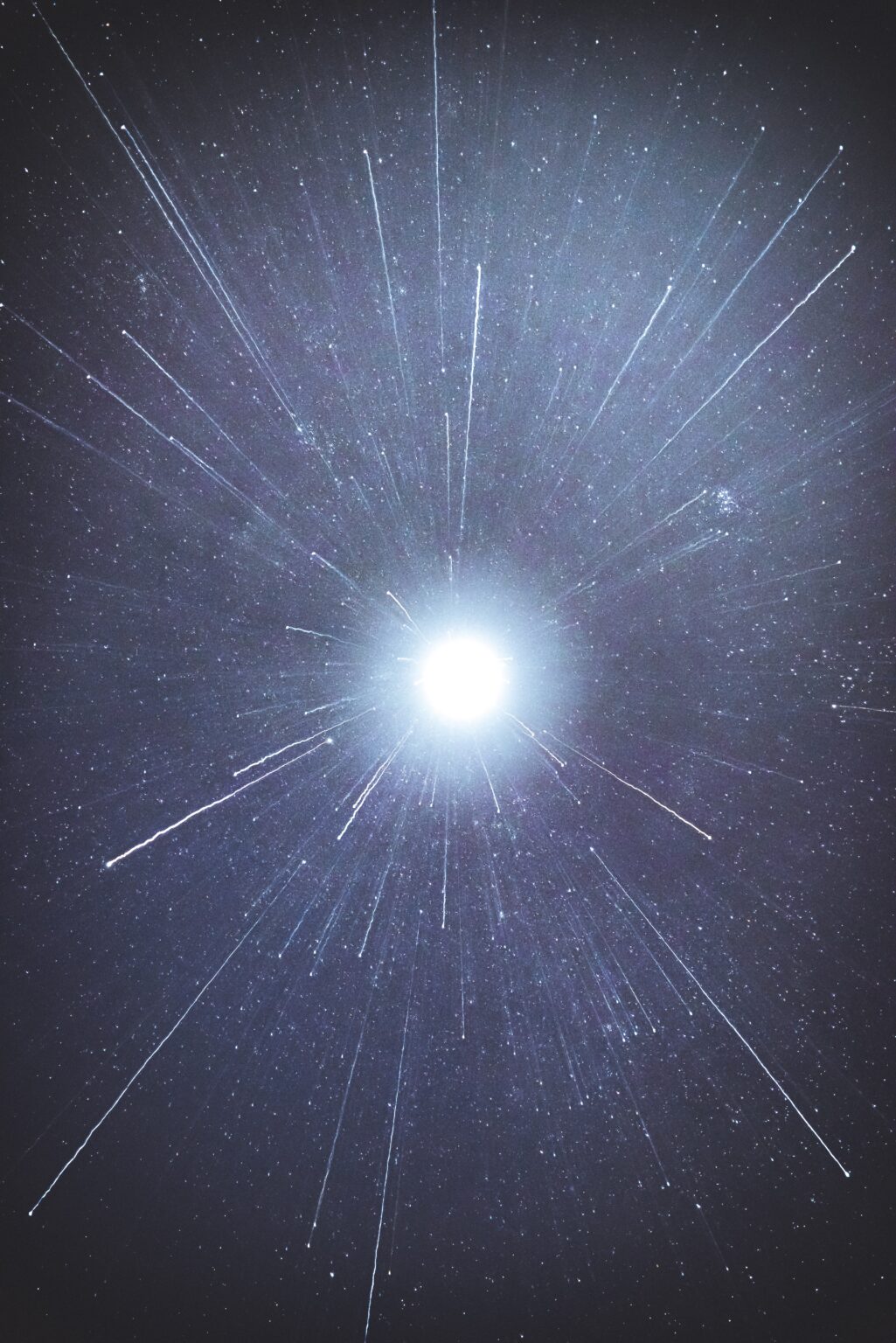
Seed of Life and Sacred Geometry
Sacred Geometry is a term used to describe patterns and shapes that are part of the make-up of all living things and that regularly occur in nature.
It’s the idea that these shapes hold spiritual significance and that they’re foundational to the design of everything in our reality, from atomic structures to galaxies spiraling in space.
This isn’t just a modern idea, though. It’s been recognized by cultures around the world for millennia. Ancient civilizations like the Egyptians and Greeks (we’ll get to them later) realized that patterns in nature, like the spiral seen in a nautilus shell or the hexagonal structure of a honeycomb, followed certain rules and repeated themselves in different contexts.
They believed these patterns reflected the hand of the divine in the natural world.
It’s also about the shapes used in architecture, art, meditation spaces, and even in the layout of cities.
The Great Pyramid of Giza, the Parthenon, and the layout of certain ancient cities reflect principles of sacred geometry. It’s believed that using these shapes creates harmony.
Seed of Life Origins
The Seed of Life dates back thousands of years and has been discovered etched into the walls of various ancient cultures around the world.
The oldest known depictions of the Seed of Life can be found in the Osireion in Egypt and the Synagogue of Enschede in the Netherlands.
In the Middle Ages, alchemists often used the Seed of Life in their diagrams. They believed that this pattern held the secrets to alchemy and the creation of life.
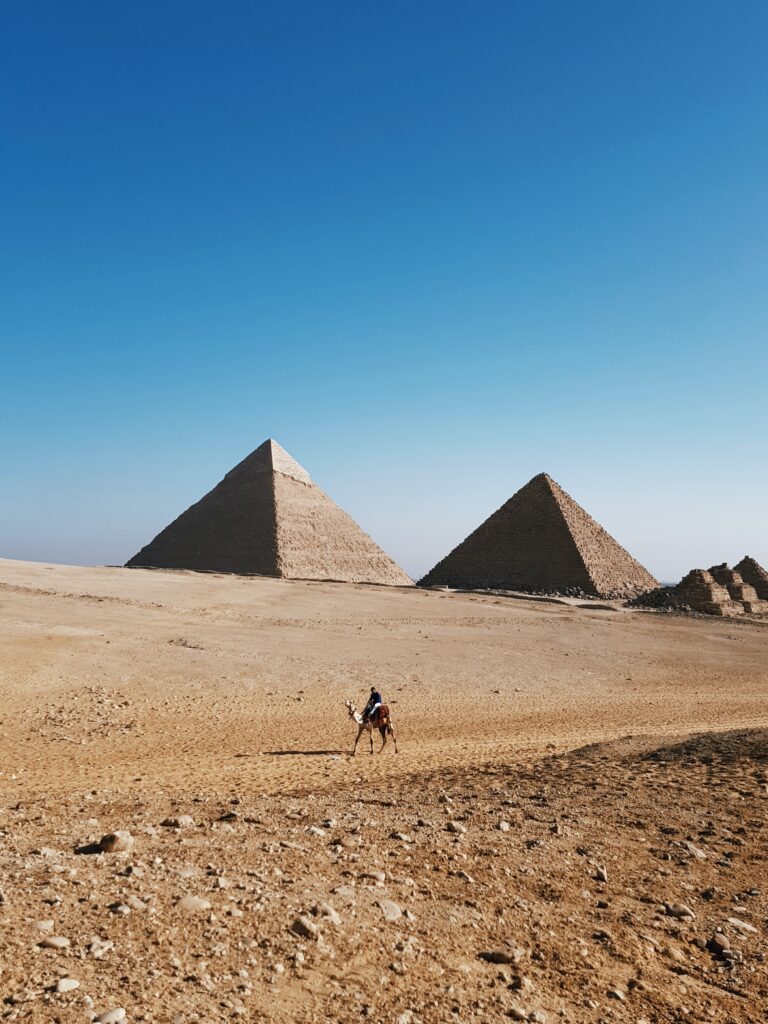
Seed of Life in Egypt
In ancient Egyptian culture, the Seed of Life symbol is related to the helical rising of the star Sirius, which marked the flooding of the Nile River and the beginning of a new year.
The Egyptians’ understanding of geometry was deeply connected to their spiritual beliefs.
Sacred geometry, including the Seed of Life symbol, is found in the designs of ancient Egyptian temples
The seven-circled pattern is believed to signify the seven Hathors, who were goddesses of fate and protection in Egyptian mythology.
Seed of Life in Greece
In ancient Greek and Roman mythologies, the Seed of Life is linked to the seven classical planets visible to the naked eye – Mercury, Venus, Mars, Jupiter, Saturn, the Sun, and the Moon.
These celestial bodies were of significant importance in Greek cosmology and astrology.
The number seven also held deep philosophical significance in Greece, often being used to represent perfection.
For example, the Pythagoreans, a mystical and philosophical school founded by Pythagoras (remember math class?), revered the number seven for its unique properties.
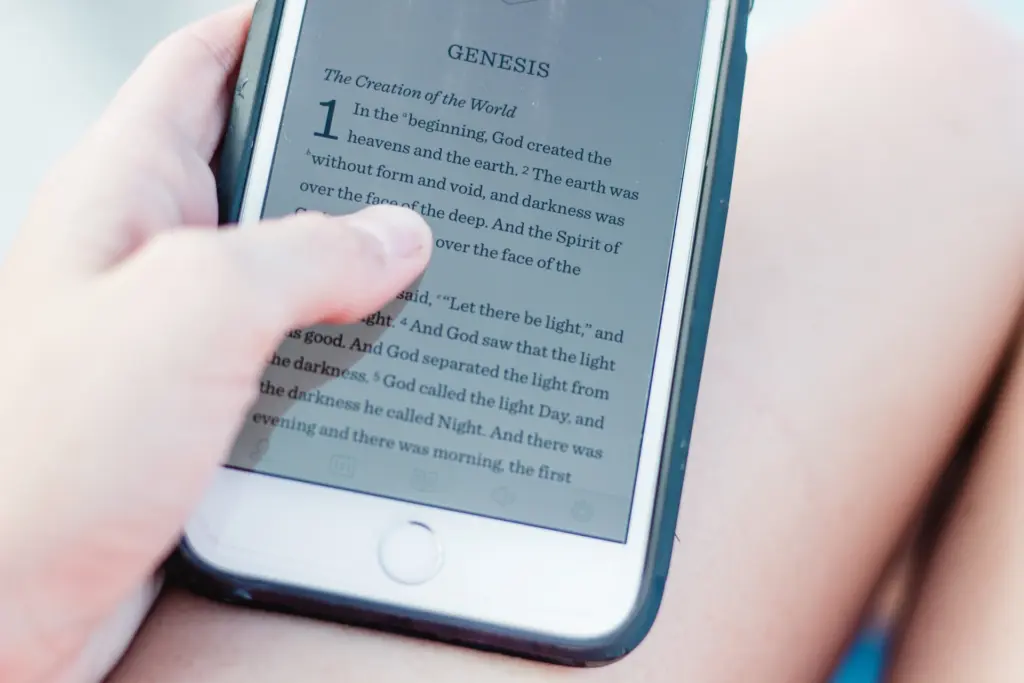
Seed of Life Symbolism
As you may have already picked up, the Seed of Life is more than just a collection of circles; it is a symbol of the divine design that underpins our universe.
From the seed springs forth life, and in the case of the Seed of Life, it represents the divine blueprint from which the universe has sprung and continues to grow.
The Seed of Life is made up of seven interlocking circles. In the realm of sacred geometry, the number seven holds significant meaning.
It’s the number of natural division in a series (as seen in the rainbow), the number of notes in a traditional musical scale, and even the number of days in a week.
Symbolically, seven is a number of completeness, and this symbolism carries over to the Seed of Life.
Let’s go a bit deeper, shall we?
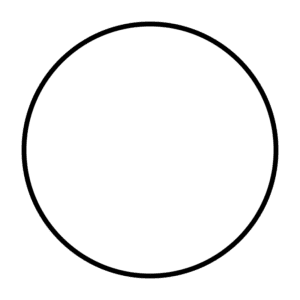
First Circle - The Circle of Life
In sacred geometry, the circle represents unity, wholeness, and infinity.
It’s the purest shape that exists, embodying spatial relations, symbolizing both everything and nothing. This echoes the state of the universe at the beginning of creation – a unified whole, pure and infinite potentiality.
In the Genesis Pattern, the first circle symbolizes the creation of the initial manifestation of the divine into the physical realm.
Drawing from Judeo-Christian mythology, it can represent the first act of creation when God said, “Let there be light,” and there was light.
The circle signifies the initial burst of light, the divine energy from which everything else comes into existence.
The center of the circle, or the bindu in Hindu and Buddhist cosmology, signifies the source, the divine origin point from which everything emanates and to which everything will eventually return. It is the starting point of creation, a potent symbol of divine presence.
The first circle sets the foundational structure for the Seed of Life. Every subsequent circle is created from the radii of this first one, symbolizing that everything in existence is born from this first spark of divine light and energy.
The entire process of creation can be seen as an unfolding from this initial point, with each step building upon and being related to the one before it.
Second Circle - The Vesica Piscis
Next, the second circle forms by taking the edge of the first circle as its center, producing the Vesica Piscis.
This is the first instance of separation from the initial unity, creating the dualism that exists in our physical universe.
It can be seen as the division between light and dark, heaven and earth, male and female, Yin and Yang, the nature of duality.
This stage is often associated with the second day of creation, where according to Genesis, God separated the waters to form the sky and the sea.
The Vesica Piscis is a rich symbol in itself.
Its almond-shaped center, also known as mandorla, has been widely used in religious art to represent the divine.
Third Circle - The Tripod of Life
In the third stage, another circle is added, and we have the formation of the Tripod of Life, or the Holy Trinity.
It has been related to the third day of creation where, according to the biblical account, the earth is separated from the waters, and plants bearing seeds are created.
The resulting figure, the Tripod of Life, embodies the concept of the Trinity, a fundamental concept in many spiritual traditions.
In Christianity, it represents the Father, the Son, and the Holy Spirit.
In Hinduism, it stands for Brahma (the creator), Vishnu (the preserver), and Shiva (the destroyer).
Meanwhile, in many pagan traditions, the triple goddess of the maiden, the mother, and the crone is represented.
Geometrically, the intersecting circles form an equilateral triangle at their centers. This triangle, a strong symbol itself, represents balance and harmony.

Fourth to Seventh Circles - The Seed of Life
The final four circles, placed around the central Tripod of Life, represent the continuation and completion of the universe’s creation.
The seven circles mirror this concept, reflecting the seven days of creation as depicted in Genesis.
The first six circles, akin to the six days of creation, represent the evolving and complexifying universe – the formation of light and darkness, sky and sea, land and vegetation, stars and celestial bodies, creatures of the sea and sky, and finally, all land animals and mankind.
The seventh circle, located at the center of this configuration, is seen as the divine rest on the seventh day of creation.
It is also often interpreted as the Source, the divine energy that is always present and permeates every aspect of creation.
This central circle signifies the divine spark, the original seed from which all of life springs.
The Seed of Life thus encapsulates creation and ongoing existence, weaving together the physical and spiritual.
In some ways, the Seed of Life is our intrinsic connection to the divine and to each other, inviting us to recognize the divine in every aspect of our lives.
The Seed of Life and Spirituality
In spirituality, the Seed of Life has become a popular talisman for those seeking to deepen their understanding of the cosmos and their place in it.
Its often meditated upon as a mandala depicting the unity of all life.
It’s frequently used in sacred geometry practices for healing, energy balancing, and manifesting intentions, often etched onto crystal grids and yoga mats.
With the rise of holistic healing practices, the Seed of Life is also used in modalities like Reiki, crystal healing, and sound therapy.
Seed of Life Tattoo Meaning
The Seed of Life, with its profound symbolism and elegant geometry, is a popular choice for tattoos if you’re looking for a design that speaks to the deeper truths of life and the universe.
Having a Seed of Life tattoo often reflects an understanding of the oneness of all that is.
When inked on the body, it’s like having a personal compass that helps anchor you in the truths that resonate with you.
In the world of tattoo art, the Seed of Life is also often held parallel to other spiritual and culturally rich tattoo practices such as the holy Sak Yant tattoos of Thailand.

